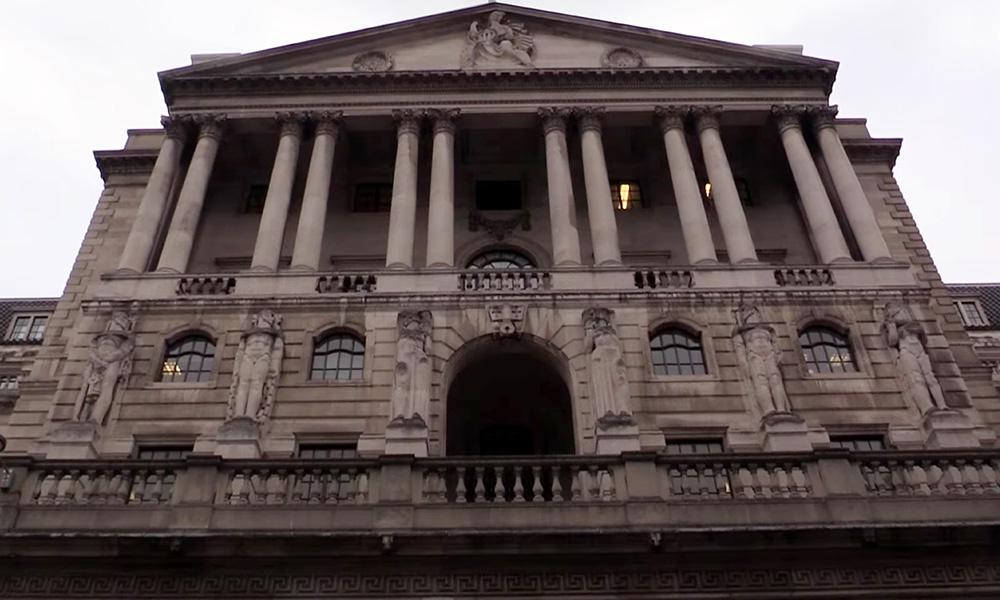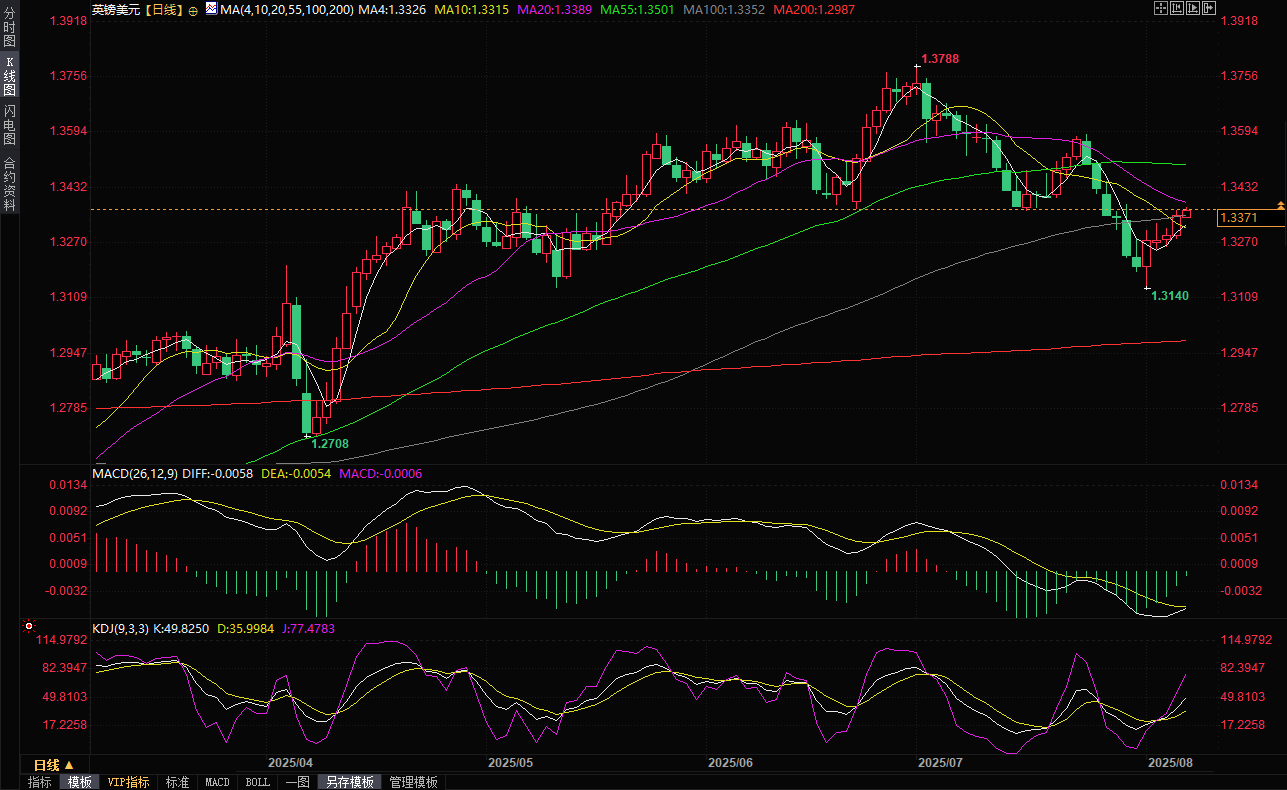Bank of England decision preview: Expected to cut interest rates to 4.0% despite rising inflation
2025-08-07 15:16:22
The announcement will be accompanied by the release of the minutes of the meeting and the Monetary Policy Report, a quarterly report showing officials' economic analysis and the MPC's inflation forecasts, which form the basis of policymakers' decisions.
Finally, Governor Andrew Bailey will hold a press conference to explain the reasons behind the decision and possibly provide hints about the future direction of monetary policy.

UK economic outlook: why it matters
The Bank of England kept its benchmark interest rate unchanged at its June meeting. However, three MPC members cited "further apparent easing in the labour market," subdued consumer demand and the fact that pay agreements are close to sustainable levels as reasons for a rate cut.
Since then, macroeconomic data has been worrying. According to the Office for National Statistics (ONS), gross domestic product (GDP) contracted by 0.1% month-on-month in May, following a 0.3% drop in April. The report also showed that "among the three major sectors, manufacturing output was the largest contributor to the monthly GDP decline in May 2025, falling by 0.9%. Construction output also fell by 0.6%. These figures were partially offset by a 0.1% increase in services output in May 2025." It is worth noting that the first estimate of second-quarter GDP will be released on August 14.
Meanwhile, UK inflation rose to its highest level in over a year in June. The Consumer Price Index (CPI) rose 3.6% year-on-year, compared to 3.4% in May. Meanwhile, the core annual CPI rose to 3.7% from 3.5% in May. The ONS noted that June's food price increase was the largest since February 2024, while services inflation remained at 4.7%.
Finally, employment data was less worrisome as the labor market remains accommodative, with the unemployment rate rising to 4.7% in April from 4.4% at the beginning of the year.
Bank of England officials will need to assess whether slower economic growth or rising inflationary pressures are more important. Still, Governor Andrew Bailey told The Times newspaper, “I really believe the path of interest rates is downwards.”
Regarding economic forecasts, policymakers are likely to revise up inflation expectations and downgrade growth-related ones.
How will the BoE interest rate decision affect GBP/USD?
The MPC's task is not easy, and the vote is likely to be split. Generally speaking, market participants expect a rate cut, which would not be surprising. A split vote among MPC members could shake the pound, while pessimistic revisions to growth and inflation could also have an impact. Market participants will also be closely watching Bailey's speech. Despite the weak macroeconomic situation, a more hawkish tone would reduce the likelihood of a fall in the pound.
Before the announcement, GBP/USD continued its upward trend during the Asian and European sessions on Thursday, hitting a one-week high of 1.3376, up about 0.16%, driven by the decline of the US dollar. However, the expected Bank of England interest rate decision appears to be more of a downside risk for the currency pair.
Valeria Bednarik, chief analyst at FXStreet, noted: "GBP/USD is hovering near a weekly high above 1.3330, with no technical signs suggesting further gains. The daily chart shows that the 20-day simple moving average (SMA) is providing resistance around 1.3389. A breakout above this level could turn the pair bullish, but this is unlikely given expectations of a Bank of England rate cut."
Bednarik added: “On the downside, the 1.3250 area is worth watching, as a break below this level could turn bearish for GBP/USD. Intermediate support is at 1.3200, followed by the August low of 1.3141.”

(GBP/USD daily chart, source: Yihuitong)
At 15:15 Beijing time, the British pound was trading at 1.3372/73 against the US dollar.
- Risk Warning and Disclaimer
- The market involves risk, and trading may not be suitable for all investors. This article is for reference only and does not constitute personal investment advice, nor does it take into account certain users’ specific investment objectives, financial situation, or other needs. Any investment decisions made based on this information are at your own risk.





















